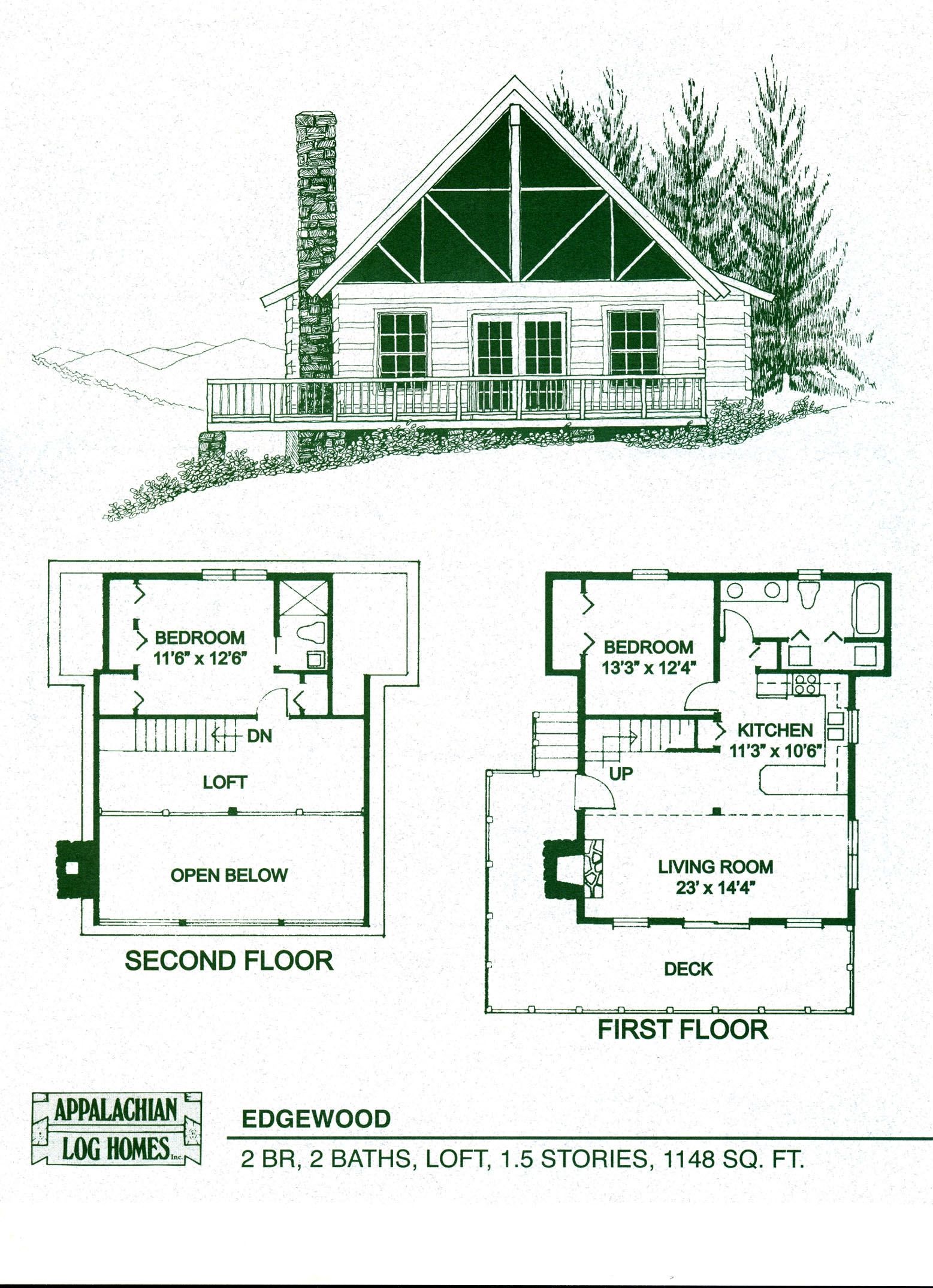

Finally, I carved saddle notches into the undersides of the end sill logs and fitted them over the side timbers. Then the two side sills were lowered into place atop the stone pillars I’d already constructed. With the sill logs at the building site, I hewed the top of each piece flat, using an adze (a tool that looks like a sideways axe, and is swung between the legs) … and checked its flatness with a straight piece of standard lumber. We chose trees that were at least 12 inches in diameter, so that the smaller logs we’d already cut would have adequate support when used to form the upper portions of the walls. Otherwise, we would have needed a draft horse to handle the chore.)Ĭollecting the sill logs (those that form the bottom layer on each wall of the cabin) required a special trip, since they had to be the largest of all. (Fortunately, all our towing was downhill.

We found that it was better to peel the logs immediately, because if the bark was left on the trunk for more than a few days, it would adhere to the dead tree and have to be laboriously whittled away with a drawknife.Īfter the trunks were barked, we cut them into lengths and hauled them out of the woods with the help of an old set of iron wheels that we pulled with ropes. Then, with an axe or a hardwood barking spud (a 2-foot-long stick with a wedge-shaped tip) we stripped the bark off each trunk. Working together, my wife and I felled each tree using a 5-foot crosscut saw and then removed the limbs.

Most of the conifers we earmarked for our dwelling measured only about seven to nine inches in diameter and thus were too small to have commercial value. We selected trees from our dense second-growth forest which needed thinning. Next on our agenda was the exciting - and often backbreaking - task of finding, cutting, and hauling in the logs that would soon become the walls of our home. After the extra spaces in the openings were packed with gravel, I topped the “stilts” with large plates of sheet metal to keep termites and small rodents out of the cabin. Using four bags of mortar mix, I made sturdy cement-and-stone piers in each of the holes, extending the supports 18 inches above ground level. Next, I dug six holes, three on each side, to a depth of 2-1/2 feet, right at the wall line of the cabin, and hauled in 20 wheelbarrowfuls of large, flat rocks that we’d gathered on the property. While my father - who had volunteered to help during his vacation - worked on our outhouse, I marked the borders of the cabin’s foundation with stakes and string. When our plans were drawn up, we chose a cleared and level site with nearby water, pitched a couple of large tents for temporary shelter, and packed in enough flour and beans to sustain us during a summer of hard work. Creative planning and the careful placement of doors could allow a much larger house to be built, but I always encourage first-timers to think small (and then possibly add on needed space later). We didn’t want to have to deal with logs any longer than 16 feet, so our home measures 10 feet by 13 feet inside. The size of our cabin was limited more by our stamina than by the design.
#Small log cabin plans windows#
A traditional stabbur also features extra-wide eaves, which repel rain and snow small windows and a low door, which help reduce heat loss and an upstairs loft, which serves to nearly double the available floor space. After researching several log house styles, we decided to build a home patterned after the Norwegian stabbur, which is a storehouse built on a raised foundation of pillars or stilts. One of the ways in which we kept our expenses down was to choose an uncomplicated design for our cabin. As a result, our small home cost us only about $100 to construct … and the project was so simple that we’re convinced anyone with access to a few basic implements and a good supply of timber could build a log cabin too. My wife and I kept down the cash outlay for our “Walden” by gathering most of the materials from the land where our house was to stand, and then building it ourselves, using only hand tools. That doesn’t have to be the case, however. But the romantic vision of log-home life is shattered - for many people - by the sheer cost of such structures, which can be as high as that of equivalent conventional homes. Living in a cozy little cabin nestled in the woods is part and parcel of the classic Thoreau-inspired lifestyle most folks dream of now and then.
#Small log cabin plans how to#
Learn how to build a log cabin from trees on a budget using local materials, traditional hand tools, and hard work while embracing the land.


 0 kommentar(er)
0 kommentar(er)
